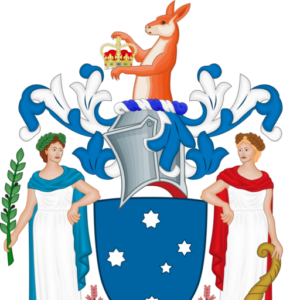CARIBBEAN — Amateur radio operators – often referred to as ‘hams’ are on standby across the Caribbean and continental United States.
As Hurricane Melissa bears down on the Caribbean, amateur radio operators are standing by to provide communications to emergency services, defence, shipping and aviation should other systems fail, and will provide recovery communications for the Salvation Army and Red Cross’ disaster teams whilst other systems are repaired or rebuilt.
The Hurricane Watch Net, WX4NHC, has been activated on 14.325MHz (20m) USB for local daytime HF radio traffic and 7.268MHz (40m) LSB for local nighttime radio traffic and is on standby should local communications systems fail.
WX4NHC is operating in Category Five Catastrophic Response Mode – A Major Hurricane (as defined by the National Hurricane Centre) is threatening or currently affecting land within the HWN area of interest, in this case, Jamaica, Cuba and nearby Caribbean islands.
The main amateur station located at the (US) National Hurricane Centre is now also operating.
In Cuba, the National Emergency Network of the Cuban Radio Amateur Federation (REN-FRC in Spanish) has been activated through station CO9DCN, from the National Civil Defence Staff.
In addition to the frequencies established in each Cuban municipality for communications on the 2m band (146MHz), the following national emergency frequencies established in IARU/ITU/UN Region One’s regulations will be in use: 7.110MHz and 7.120MHz LSB (40m) and 3.720MHz and 3.740MHz LSB (80m).
All Cuban and regional radio amateurs are requested to protect these frequencies, remain listening only, and refrain from transmitting on them unrelated to the emergency.
Cuban radio amateurs, despite the technical and battery difficulties they may face, will once again emphasise the importance of radio communications in emergencies.
Amateur radio operators worldwide should not transmit on or near (+/- 5kHz) of the emergency frequencies unless part of emergency operations, relaying emergency information, or upon the request of authorities.
Those with shortwave radio receivers or radio scanners that are capable of SSB reception can monitor using the frequencies mentioned.
The storm was expected to make landfall early Tuesday (US time) and slice diagonally across the island, entering near St. Elizabeth parish in the south and exiting around St. Ann parish in the north, forecasters said.
Hours before the storm, the government said it had done all it could to prepare as it warned of catastrophic damage.
“There is no infrastructure in the region that can withstand a Category 5,” Prime Minister Andrew Holness said. “The question now is the speed of recovery. That’s the challenge.”
Landslides, fallen trees and numerous power outages were reported ahead of the storm, with officials in Jamaica cautioning that the cleanup and damage assessment would be slow.
When All Else Fails. Ham Radio Works.
-With AP, ARRL, WX4NHC, CRAF, NOAA.

![20253002310-20253010440-ABI-AL132025-GEOCOLOR-1000x1000[1]](https://www.victoriannews.com.au/wp-content/uploads/2025/10/20253002310-20253010440-ABI-AL132025-GEOCOLOR-1000x10001-1.gif)


